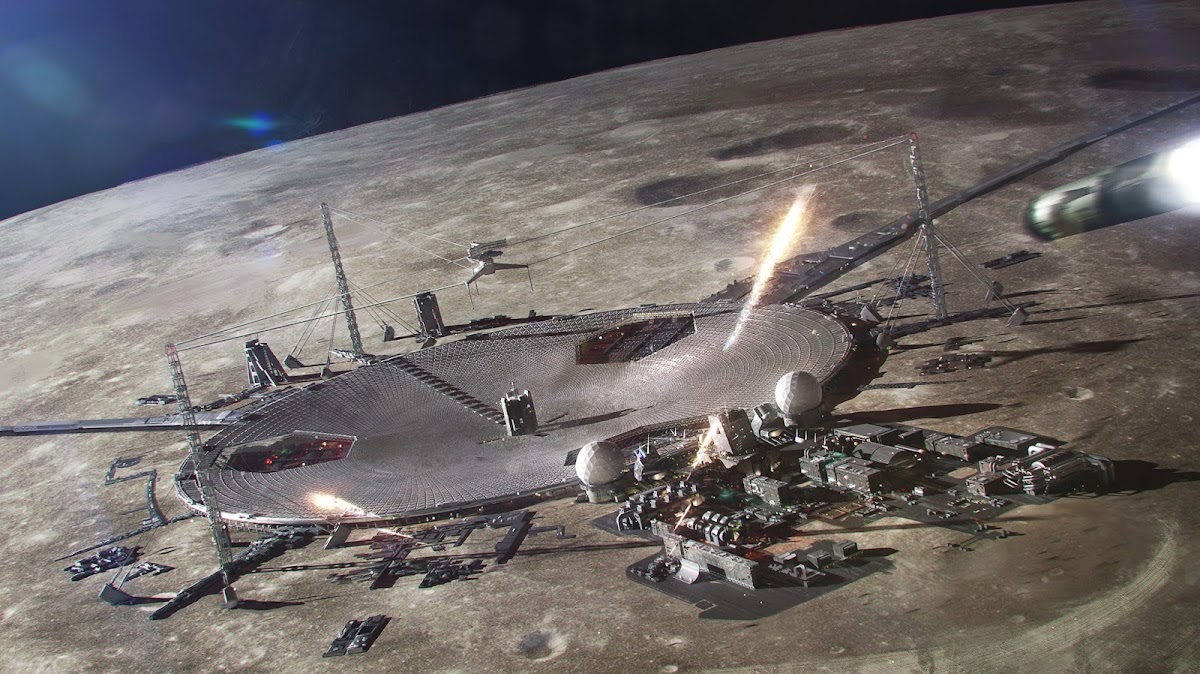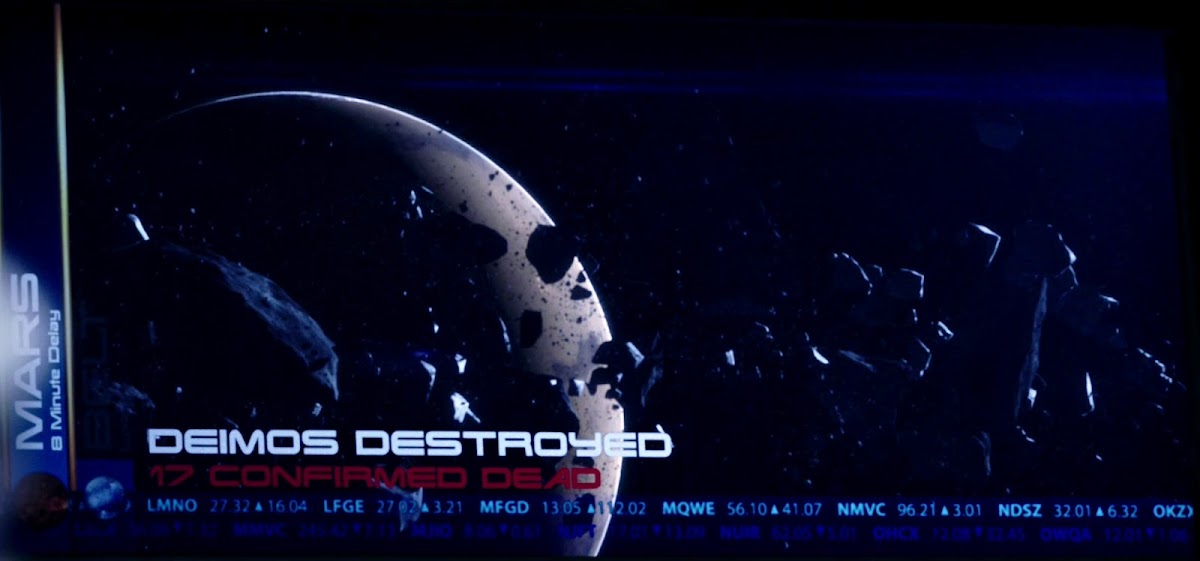The novel and TV series chronicles the exploration and settlement of Mars, the home of indigenous Martians, at the beginning of 21st century when human settlers leave the troubled Earth that is eventually devastated by a nuclear war. The series depicts Mars as having a "thin atmosphere" which humans can breathe, with desert-like vegetation and water-filled canals, cities and other alien structures built by the indigenous Martians thousands of years ago.
The Martian Chronicles TV series, aired on 1980, is one of the few works of science fiction to depict Mars, in the period between the initial Mars enthusiasm that ended in the 1960s, characterized by fear of hostile Martians, and the revival of Mars-related science fiction in the 2000s already without the Martians.
The Martian Chronicles are divided into three parts / episodes:
- The Expeditions - the exploration of Mars begins with two failed expeditions. Colonel Wilder then leads a 3rd crew to discover the secret of Mars - only to find all the Martians dead from chicken pox.
- The Settlers - with native Martians wiped out by disease, thousands of humans now colonize the red planet and attempt to create a second Earth.
- The Martians - with Earth destroyed in a nuclear war, there are only a few survivors on Mars, including Wilder's family. To rebuild what he has lost, Wilder chooses to make Mars his new home.
First expeditions to Mars:
















 Pallas, located in the Main Asteroid Belt between the orbits of Mars and Jupiter, is the third-largest asteroid in the Solar System (~512km in diameter). It has 22% the mass of Ceres, the largest asteroid in the Solar System, and gravity of 0.021g (2,1% of the gravity force on Earth). With an orbital inclination of 34.8°, Pallas's orbit is unusually highly inclined to the plane of the Asteroid Belt, making Pallas harder to reach by spacecraft.
Pallas, located in the Main Asteroid Belt between the orbits of Mars and Jupiter, is the third-largest asteroid in the Solar System (~512km in diameter). It has 22% the mass of Ceres, the largest asteroid in the Solar System, and gravity of 0.021g (2,1% of the gravity force on Earth). With an orbital inclination of 34.8°, Pallas's orbit is unusually highly inclined to the plane of the Asteroid Belt, making Pallas harder to reach by spacecraft.








 Deimos is the smaller and outer of the two natural satellites of Mars, the other being Phobos. Deimos, likely an asteroid captured by Mars' gravity, is highly non-spherical with a mean diameter of 12.5 km (about 57% the size of Phobos) and it orbits 23,460 km from Mars (Deimos' orbit is slowly getting larger and it is expected to eventually escape Mars' gravity). Escape velocity from the surface of Deimos is only 5.6 m/s so a human can basically jump off of it.
Deimos is the smaller and outer of the two natural satellites of Mars, the other being Phobos. Deimos, likely an asteroid captured by Mars' gravity, is highly non-spherical with a mean diameter of 12.5 km (about 57% the size of Phobos) and it orbits 23,460 km from Mars (Deimos' orbit is slowly getting larger and it is expected to eventually escape Mars' gravity). Escape velocity from the surface of Deimos is only 5.6 m/s so a human can basically jump off of it.





 On April 4th at Starbase, Texas SpaceX CEO and lead designer Elon Musk provided an unannounced update of SpaceX's
On April 4th at Starbase, Texas SpaceX CEO and lead designer Elon Musk provided an unannounced update of SpaceX's 

